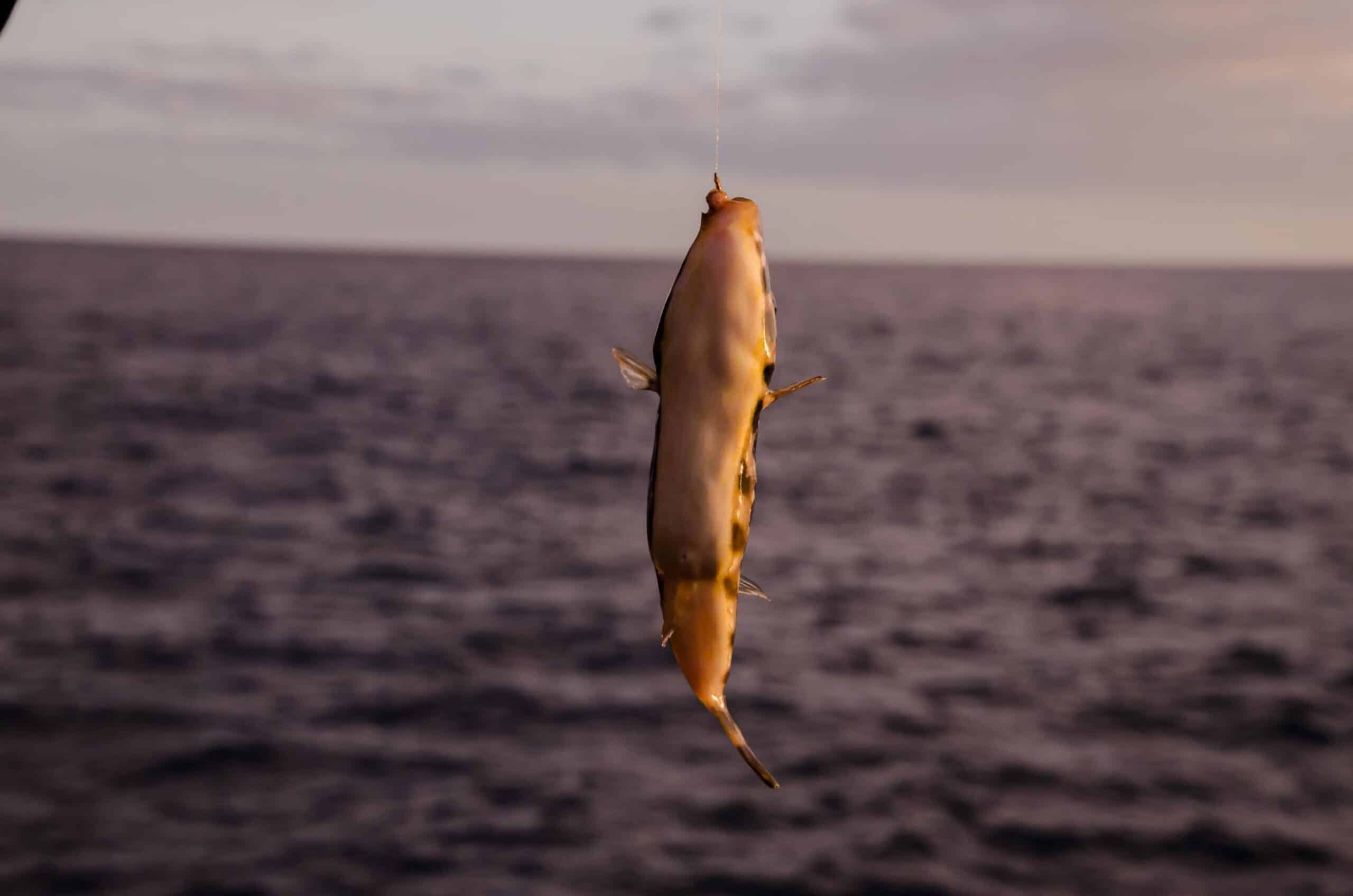How do you keep live bait off the bottom?
Key Takeaways
- Many predatory fish species tend to lurk near the ocean floor, so it’s important to keep live bait off the bottom to attract their attention.
- Using slip floats is an effective method to keep live bait suspended in the water column. Slip floats allow you to adjust the depth at which your bait suspends, giving you control over targeting specific water columns where fish may be feeding.
- Another effective way to keep live bait off the bottom is by using popping corks. Popping corks mimic the sound and movement of feeding fish, attracting nearby predators. They are particularly effective in calm or slightly choppy waters.
When it comes to bottom fishing, one challenge that anglers often face is keeping live bait off the bottom. This is because many predatory fish species tend to lurk near the ocean floor, and if your bait sinks all the way down, it may go unnoticed. However, there are a few effective strategies you can employ to keep your live bait suspended in the water column, increasing your chances of attracting a bite.
Using Slip Floats
One popular method for keeping live bait off the bottom is by using slip floats. Slip floats are depth-adjustable floats that allow you to set the depth at which your bait will suspend in the water. They are particularly useful in regions with fluctuating tides, as they allow you to adapt to changing water levels.
To rig a slip float, you will need a stopper knot or rubber bobber stopper placed on the main line above the float. This will prevent the float from sliding down the line. Additionally, you can add beads and weights to the line below the float to achieve the desired buoyancy.
Slip floats provide excellent control over the depth at which your bait suspends, allowing you to target specific water columns where fish may be feeding. By adjusting the depth of your bait, you can experiment with different levels until you find the most productive one.
Using Popping Corks
Another effective way to keep live bait off the bottom is by using popping corks. Popping corks are specifically designed to mimic the sound and movement of feeding fish, attracting nearby predators.
A popping cork consists of a wire threaded through beads and a foam float. Below the float, you will attach a leader and hook to secure your live bait. To create the popping sound, you need to vigorously jerk the rod tip, causing the beads and float to crash together. This action creates a noise that can be heard underwater, grabbing the attention of fish in the vicinity.
Popping corks are particularly effective in areas with calm or slightly choppy waters. The popping sound they produce can draw fish from a distance, increasing the chances of your bait being noticed.
Conclusion
When it comes to keeping live bait off the bottom, slip floats and popping corks are two highly effective strategies. Slip floats allow you to adjust the depth at which your bait suspends, while popping corks mimic the sound and movement of feeding fish. By utilizing these techniques, you can increase your chances of attracting predatory fish and enjoying a successful fishing trip.
Related Websites:
FAQs:
Q: What is live bait and why is it used in fishing?
Live bait refers to using live organisms, such as worms or minnows, to attract fish. The movement and scent of live bait can entice fish to bite, increasing your chances of a successful catch.
Q: What are popular types of live bait used in fishing?
Popular types of live bait include worms, minnows, leeches, and crayfish. These bait options can vary depending on the target fish species and fishing location.
Q: Why is it important to keep live bait off the bottom?
Keeping live bait off the bottom is crucial because it mimics the natural movement of prey. This attracts fish that are actively searching for food and prevents the bait from getting stuck on rocks or debris.
Q: What are some techniques to keep live bait off the bottom?
There are several techniques to keep live bait off the bottom. Suspended fishing rigs, floats and bobbers, and bottom release mechanisms are commonly used methods. These techniques help maintain the positioning of the bait at the desired depth.
Q: How can I determine the appropriate depth for my live bait?
To determine the appropriate depth for your live bait, consider the target fish species and the water conditions. Experiment with adjusting the depth and observe where you get the most bites. Each fishing situation may require different depths.






